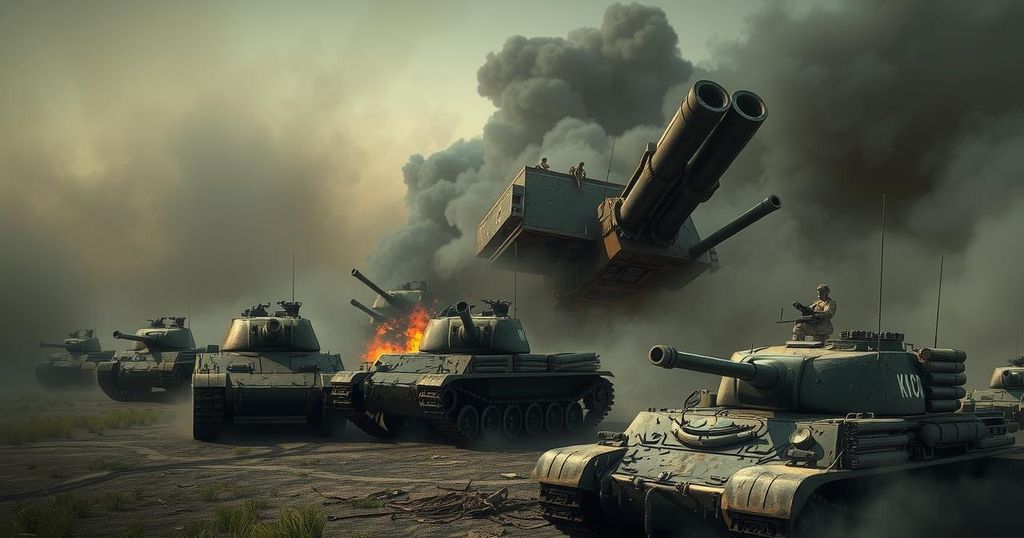World news
ASIA, BRITAIN, BRITISH DEFENSE MINISTRY, DEFENCE, DEFENSE MINISTRY, DEMOCRATIC PEOPLE ’ S REPUBLIC OF KOREA, ENERGY INFRASTRUCTURE, EUROPE, EUROPE/ASIA, KIM JONG - UN, KIM SAE - RON, KIM SOO - HYUN, KOREA, SOUTH, KURSK, MILITARY, MISSILE ATTACK, NETFLIX, NORTH, NORTH KOREA, RUSSIA, SEOUL, SOUTH KOREA, UKRAINE, VLADIMIR PUTIN, WAR, YO, YONHAP NEWS AGENCY, YUNHWANCHAE
Oliver Grayson
0 Comments
Significant Casualties for North Korean Troops in Kursk Region
The UK defense ministry reports that North Korean forces have incurred over 5,000 casualties in the Kursk region while fighting Ukrainian forces. This represents nearly half of the 11,000 troops sent to Russia last year. High casualty rates have primarily resulted from extensive ground assaults. Territorial gains have been made, but further deployment into Ukraine requires approval from leadership in both countries.
According to the United Kingdom’s defense ministry, North Korean forces have suffered over 5,000 casualties in the Kursk region while engaged with Ukrainian troops. As of March, most of the casualties have resulted in fatalities, equating to approximately a third of the total losses. This number represents nearly half of the 11,000 troops that North Korea had initially deployed to Russia to aid its assault on Ukraine.
The British defense ministry noted that these significant casualty rates for North Korea are likely attributed to extensive, attritional ground assaults. Furthermore, it reported that North Korean and Russian forces have achieved some territorial gains in the Kursk area. However, any potential extension of operations into Ukrainian territory would necessitate authorization from North Korea’s leader Kim Jong-un and Russian President Vladimir Putin.
In a report released the previous week, South Korea’s military estimated North Korean casualties to be around 4,000 among the 11,000 troops sent in the previous year. Additionally, it appears that approximately 3,000 more North Korean troops were dispatched to Russia in January and February.
In summary, the casualty figures reported indicate severe losses for North Korean forces in their involvement in the conflict in Ukraine. The significant attrition of troops underscores the challenges faced by North Korea as it supports Russian operations. Future military engagements may hinge on decisions made by both Kim Jong-un and Vladimir Putin, while North Korea continues to deploy additional resources to the region.
Original Source: en.yna.co.kr




Post Comment